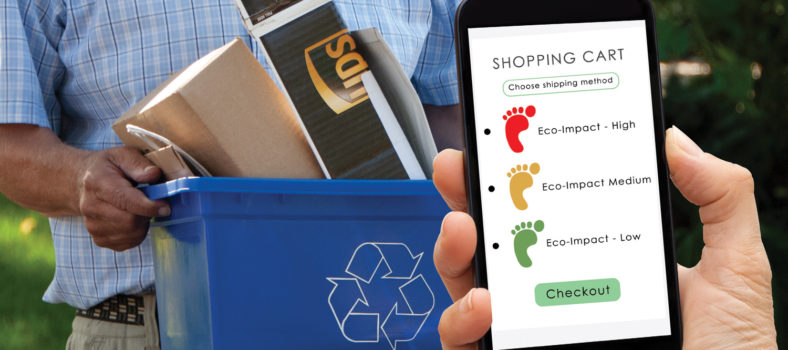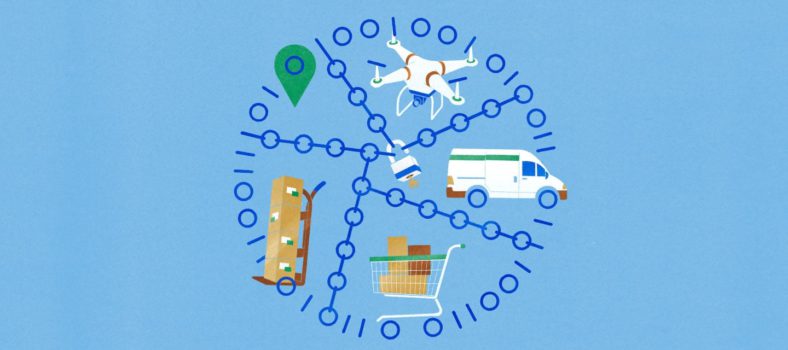 By Larry Filler
By Larry Filler
For years Tourism New Brunswick sought to answer two seemingly simple questions: who visits the province and how do they spend their time during their trip? The answers to these questions would have direct implications on the government-run organization’s marketing strategy.
These insights would help it determine who it had to connect with and what its message should be. For those visitors who had already showed an interest in the province, the goal would be to keep New Brunswick top of mind. For others, the goal might be to make them aware of all the wonderful things that New Brunswick has to offer so they will consider it as a vacation destination in the future.
While Tourism New Brunswick knew it needed more comprehensive visitor data to improve the effectiveness of its marketing initiatives it lacked the means to collect those data. Up until this point, the organization relied on collecting postal codes from visitors through surveys, newsletters and the reservation system for its provincial parks. It then linked those postal codes to Environics Analytics’ PRIZM and Destination Canada’s Explorer Quotient (EQ) segmentation systems for campaign targeting.
Though this approach worked, it did not include large swaths of visitors. As a result, Tourism New Brunswick lacked a complete picture of its visitor segments. “We wanted to link our marketing efforts with actual travel patterns within the province,” said Stéphanie Robichaud, senior business and data analyst with Tourism New Brunswick.
Mobile data fills the gaps
The challenges facing the provincial tourism body were not all that different from those facing shopping malls or retailers that lacked customer-specific data, albeit on a much grander scale. As a solution, some shopping malls are now using mobile data as opposed to, or in some cases, in addition to, traditional visitor intercept surveys to enhance customer insights. Tourism New Brunswick wanted to see if mobile data could help it too.
“The fact that the data was anonymized and permission-based, since it is collected through apps on a user’s mobile device, was very reassuring to us,” said Robichaud. “We knew it could identify devices observed within defined areas.”
Mobile data would also give the organization the ability to integrate the demographics, psychographics and behavioural habits of their visitors, which would be invaluable to its targeted mail and digital campaigns. However, even with the additional data, the most important element of any analytics solution is the process. In this particular case, defining the study was critical. Tourism New Brunswick and Environics Analytics worked together to identify 91 geofences of interest to the provincial tourism industry. These include tourism regions, entry and exit points (road, water and air), major highways, scenic drives, parks and other key points of interest.
Through those geofences, Tourism New Brunswick collected about 240,000 trip records, representing roughly 7% of the visits to the province. Close to 90% of the observed devices were assigned to postal codes or ZIP codes and then linked to their respective PRIZM segments. These data proved to be a good representation of the visitors to the province and gave Tourism New Brunswick and their stakeholders the confidence that this data could be used for better decision making.
Understanding travel patterns
Integrating the mobile data into its existing segments allowed Tourism New Brunswick to link its customer targets to actual visitation and travel patterns. The findings revealed which segments were most likely to visit New Brunswick, as well as providing insights into which attractions they tended to visit. For example, “No-Hassle Travellers” are 93% more likely to visit New Brunswick than the average Canadian household, explained Robichaud. “We never would have known this before,” she said.
Tourism New Brunswick was able to use these insights to understand the differences and similarities between its key visitor segments. The analysis helped the organization understand the visitor journey through the province. For example, it discovered that 29% of all visitors spent time in Moncton. One in five visitors enjoyed one of the province’s scenic drives, with 61% of those taking the Fundy Coastal Drive.
These insights could also be used to spot other notable patterns, such as which cities people visited and the points of interest or attractions they toured during their stay. Understanding the seasonality effects on tourism in the province was another benefit. For instance, through these insights, Tourism New Brunswick was able to determine that while Canadian visitation spiked in July and August, U.S. peak visitation started in June and lasted through October.
“Based on the mobility data, we have a more complete picture of our visitors,” said Robichaud. “We were able to identify how visitors enjoyed our province, as well as how to segment them and communicate with them more effectively.”
Larry Filler is a senior vice president and leader of the Tourism Practice at Environics Analytics.




